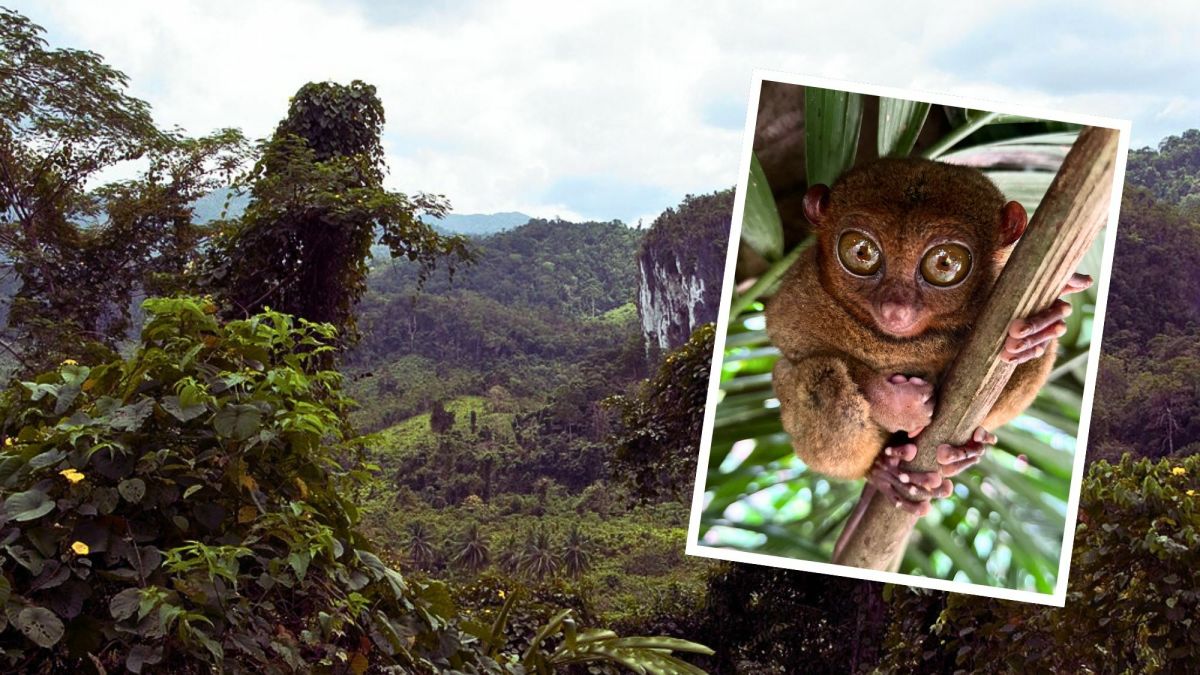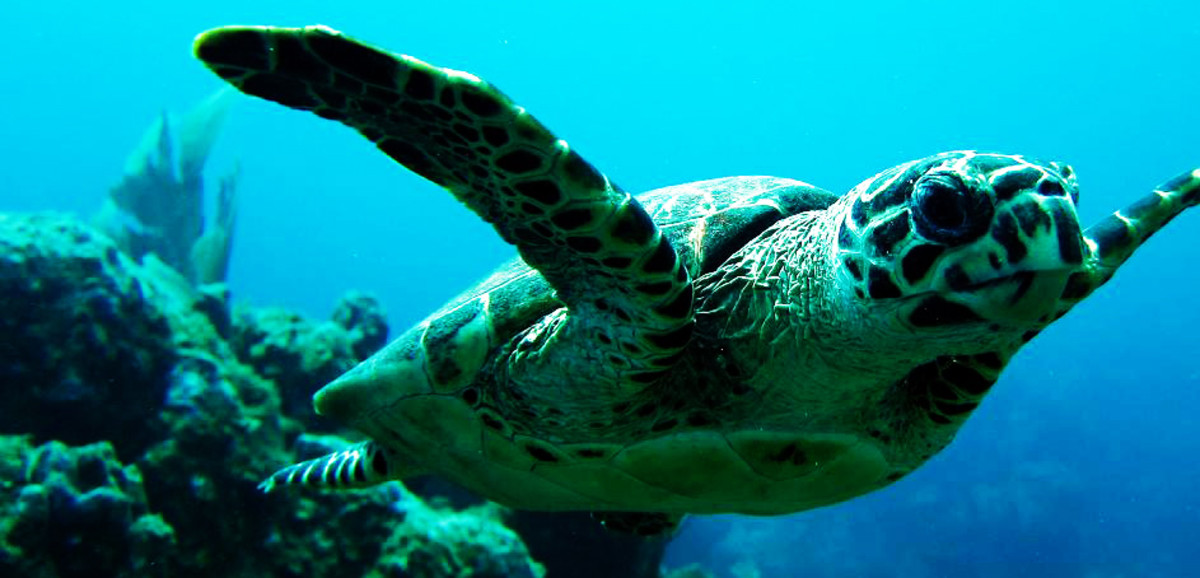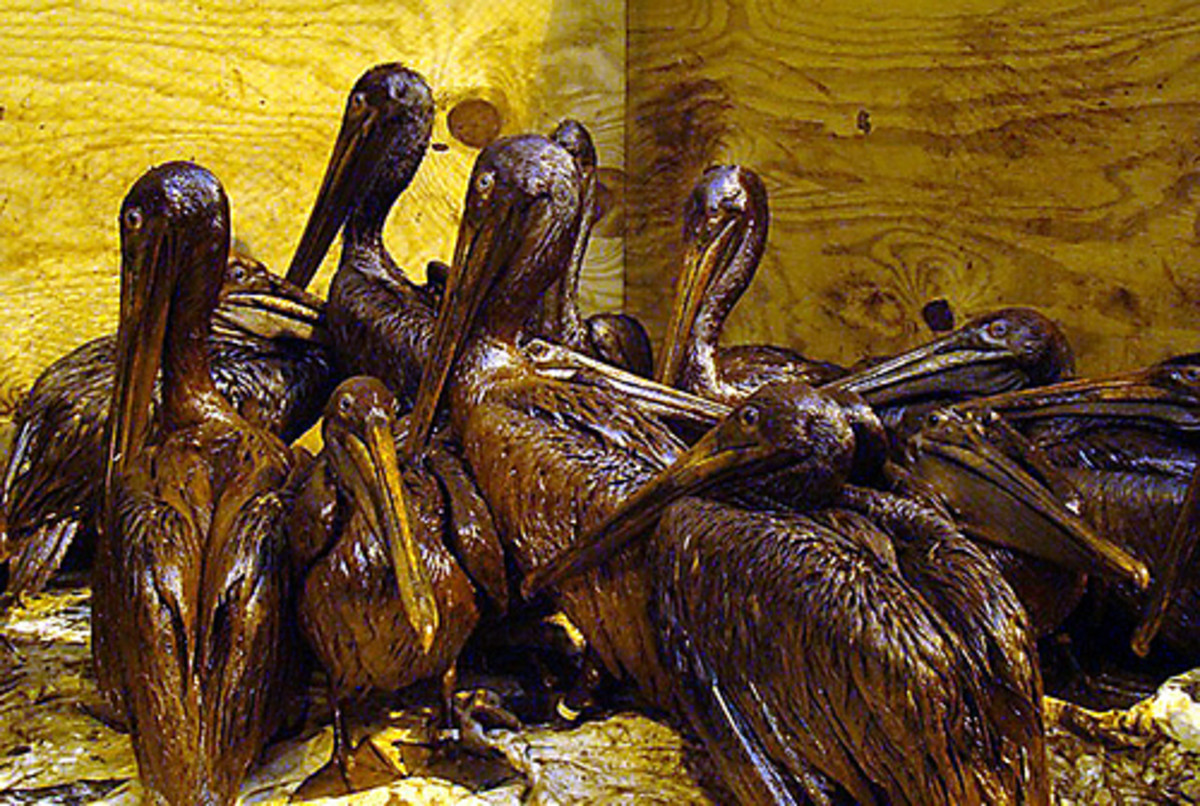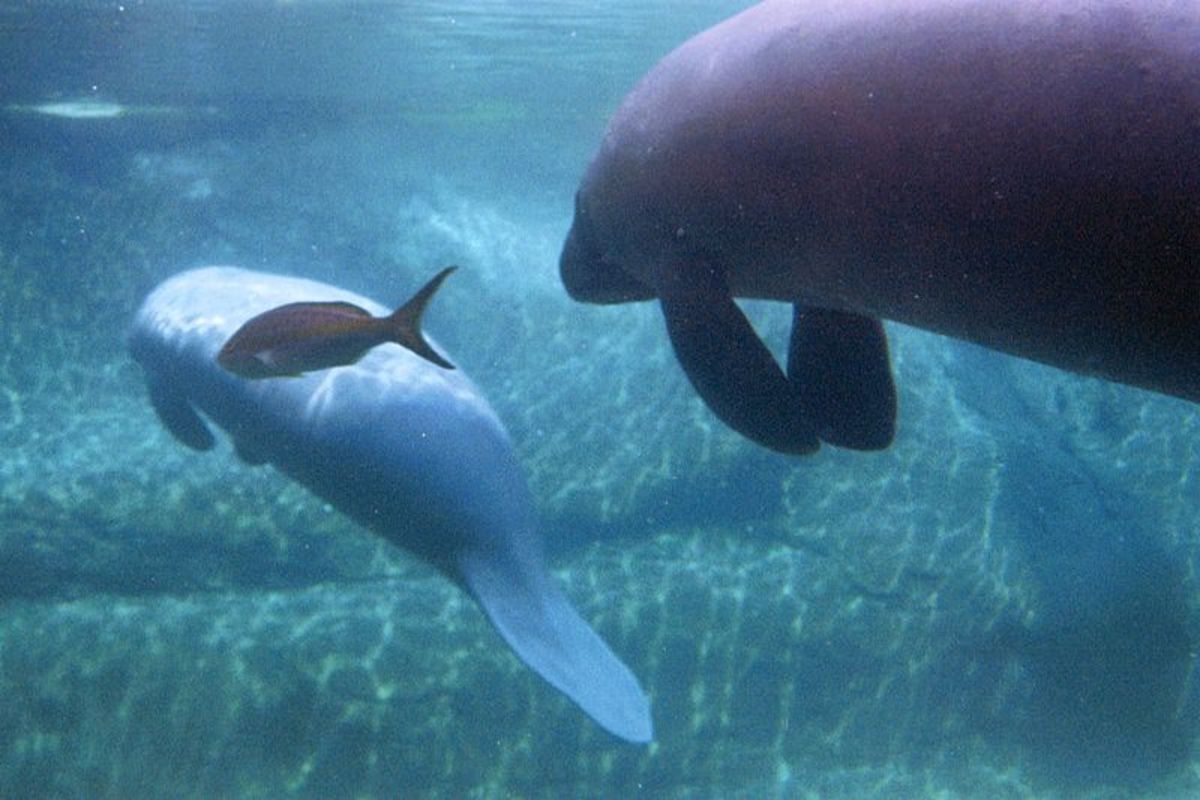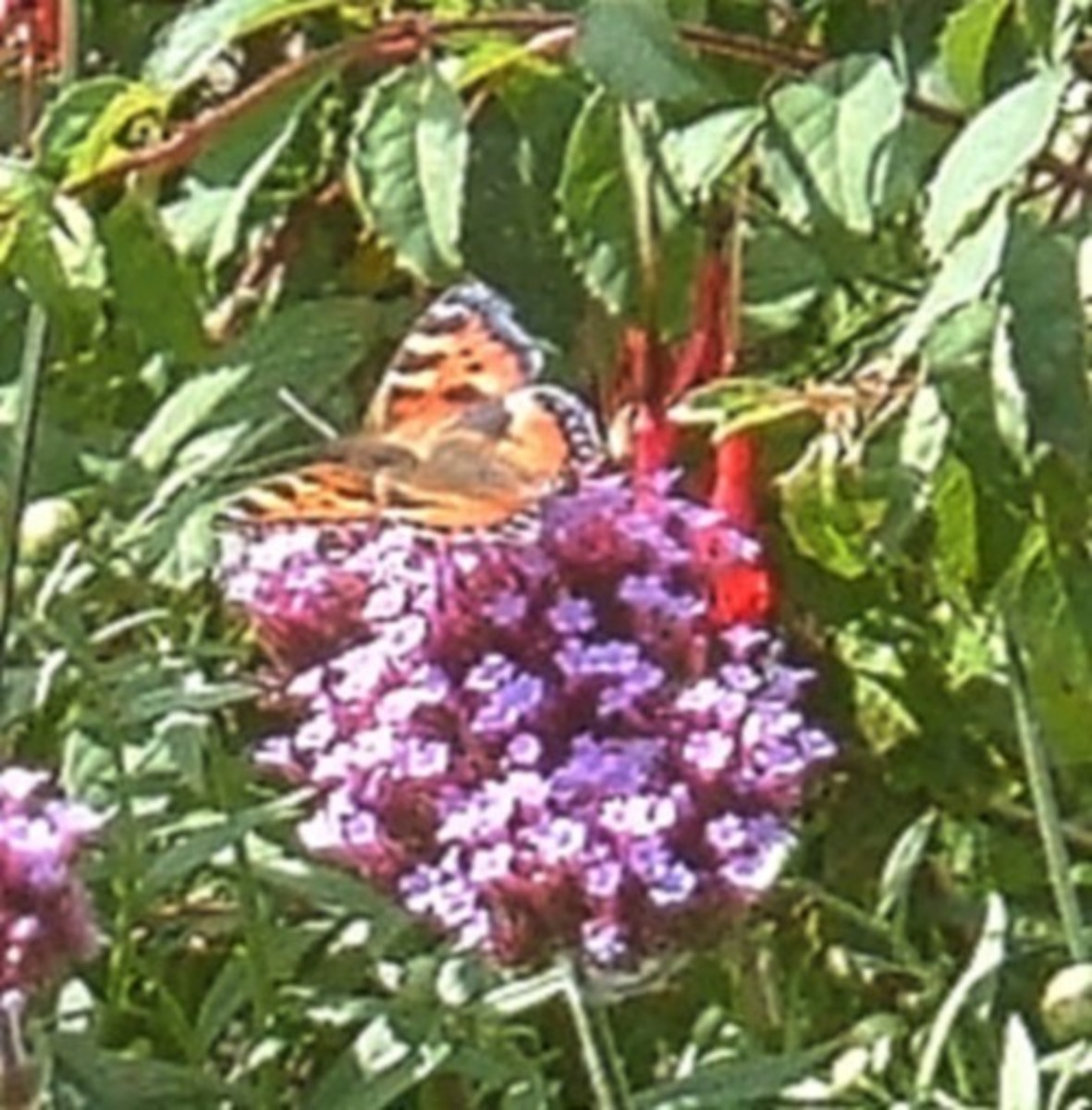Marine Turtles are Still an Endangered Species and How You Can Help
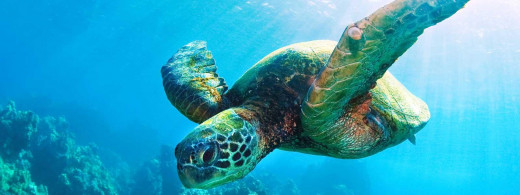
The Marine Turtle
Marine Turtles are one of many turtle species, with not all turtle species having the same critical endangerment as the Marine Turtle. They are also a loved animal by many within the conservation field as well as outside of it. I think much of that is related to their accessibility, where most sea animals can only be reached by Scuba or snorkeling. The Marine Turtle is hatched on the beach and return to this area for when they're ready to lay their eggs for their offspring. There's also many volunteer opportunities where little skill is needed to make a big impact, with kids as young as 8-years old able to volunteer their time.
Marine Turtles are listed as endangered or critially endangered for 6 out of the 7 existing tortuous species as listed by CITES, the Convention on International Trade in Endangered Species of Wild Fauna and Flora. Turtles are known for having many offspring but few survivors and this is actually part of their natural life cycle. However, we are now seeing a rapid increase of outside factors affecting the survival of this 100 million year-old species.
Even under natural conditions few hatchlings survive their first year of life due to predator interaction. This starts from the second they are hatched. Turtles have a natural instinct to migrate towards the ocean water from the moment they are born but some predators, such as crabs, can crawl up and snatch a hatchling before he even makes it back to the sea from the shore. Birds and Fish can also feed on them in shallow waters.
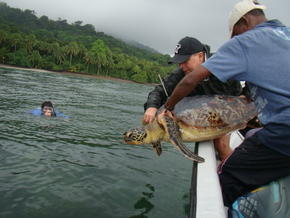
Cold Stunning & Human Interference
Most marine turtles spend their entire lives in the ocean and only females return to the shores to lay their eggs during the appropriate season. Once the turtle hatches and makes his way to the ocean, he is on his own to dodge predators and find food. Given simply these natural dangers faced, almost 1 in 1000 survives to adulthood. Another, not commonly known, phenomenon is cold stunning. This happens to marine turtles when they are unable to swim to warmer waters in order to survive the harsh winter waters near the beaches where they were born. It’s still not fully known what causes some turtles to migrate while others are left behind. Those that are, however, get found often on beaches, trying to escape the cold water in a kind of cold shock. Many times because these cold-blooded reptiles have a slower heartbeat and decreased circulation, they often seem like they have already died. This may not be the case. You should always call your local animal control or local wildlife rescue service if you find a stranded turtle or hatching on the beach. It can be detrimental to put these turtles back into the freezing cold waters and specific precautions need to be taken in order to save them.
If we now throw in human interference of turtles in their natural habitat or where they lay their eggs, the scale becomes violently tipped into a danger zone for this species. And as these beach areas become more crowded either by tourists or new residents, it can be difficult to ensure their preservation.
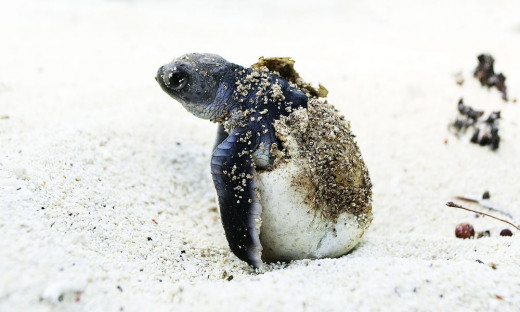
How You Can Help
According to the WWF, there are a number of anthropogenic main threats to the Marine Turtle. These include habit loss and degradation, hunting and poaching, trade, accidental fisherman capture and pollution, to name a few.
The habitat loss is to the beaches that are a vital nesting site for female turtles. Homes built on the seashore often need specialized protection such as with dredging or sand filling to protect from flooding or beach erosion. This can alter nestling sites or eliminate them altogether. Coral Reefs are important turtle feeding habitats, which often get destroyed by sedimentation or irresponsible fishing techniques.
A large number of these turtles are hunted for consumption including the eggs buried on the beaches before they even hatch. An estimated 30,000 green turtles are taken near Baja California on the pacific coast while almost 50,000 are killed in the South pacific and Asia. Another popular practice is tortoises being taken for their shell or leather (such as in the Olive Ridley Turtle). This is an illegal practice as implemented by CITES in 1973 and is recognized in most countries but still practiced in some such as Japan.
Turtles can be caught in shrimp nets and unable to reach the surface to breath. Pollution in the waters can confuse the turtle, often mistaking plastic for an edible jellyfish, causing the turtle to choke. They can be caught in the plastic as well or in loose fishing gear, causing them to be trapped or unable to develop properly.
Many marine and conservation organizations recognize the dangers posed on these sea creatures and are actively trying to save the species. Nesting areas are now recognized and being protected, agreements are promoted to conserve marine turtles, and fishing safe practices are being lobbied for. They are taking a strong stance against the illegal trade of turtle parts and eggs for consumption and for products being made from their shells or skin.
Sometimes, the best way to help is by being informed and sharing this. For more information on this amazing marine creature, visit http://worldwildlife.org/species/green-turtle. There are also volunteer opportunities at local beaches that assist with hatching release especially in the cold months to ensure cold stunning doesn't happen unnecessary, especially when these creates are endangered. When you go on your next cruise or tropical vacation, why not include an excursion that's enriching and environmentally beneficial? There are animal and conservation related activities that you can do while on your next relaxing vacation. Just ensure that they're a legitimate non-profit and not exploiting or mistreating the animals. The best way to know that the animals' well-being is their priority is by checking the organizations affiliations. If they're affiliated with an entity that's doing scientific research such as a university, you can be assured they're doing the right thing.
However you can help will have an impact, even if it's just donating your money or a small amount of time. If the former is something you'd like to get involved in right away, you can donate to the World Wildlife Fund or Wildlife Conservation Society. Ofcourse, all donations are tax write-off applicable so keep your receipts or e-mail confirmations.
© 2013 Catherine Stolfi

